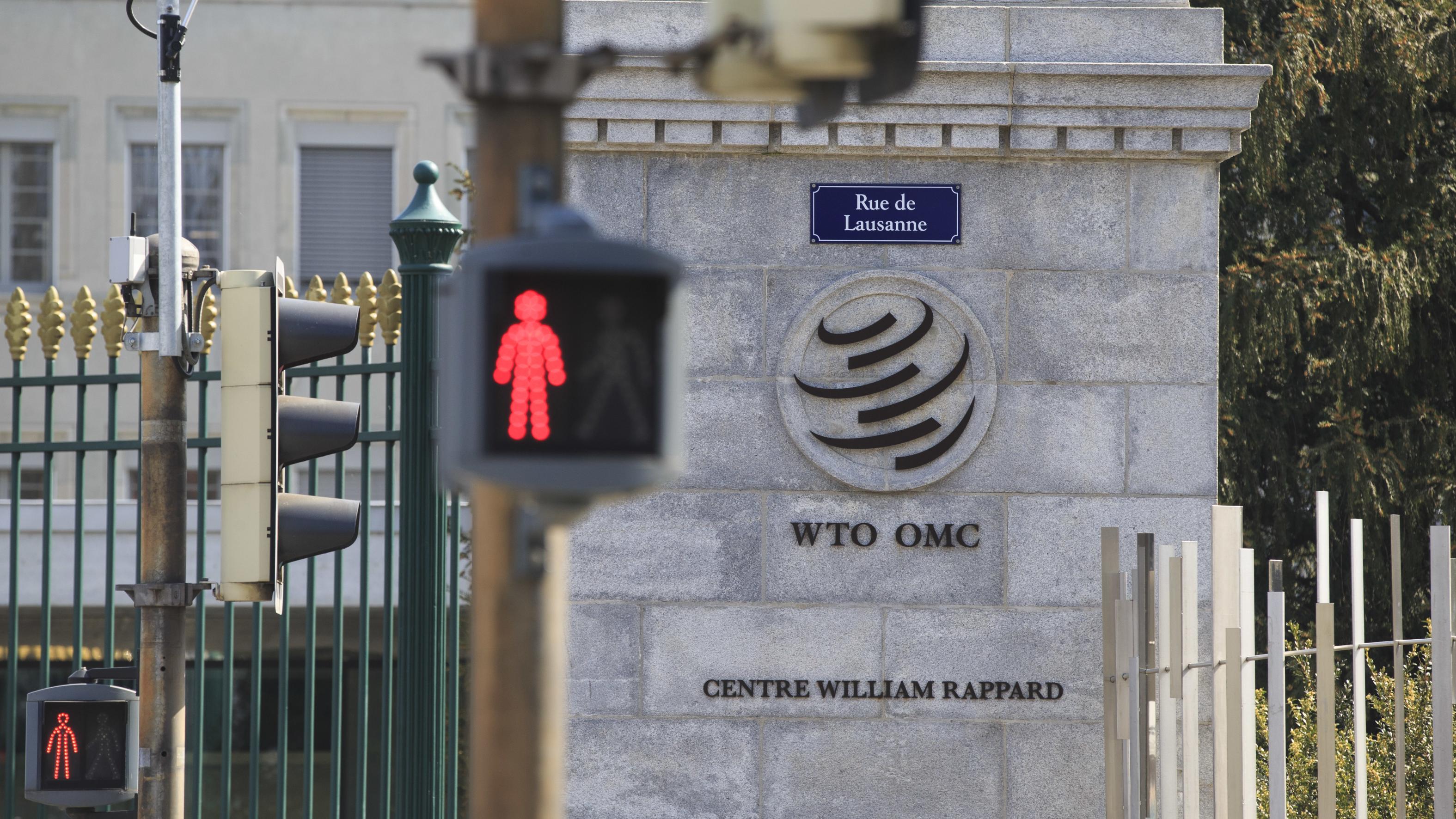 This photo taken on April 2, 2019 shows the WTO logo on the main gate of the World Trade Organization (WTO) in Geneva, Switzerland. (PHOTO / XINHUA)
This photo taken on April 2, 2019 shows the WTO logo on the main gate of the World Trade Organization (WTO) in Geneva, Switzerland. (PHOTO / XINHUA)
GENEVA - Global trade remained resilient and performed better than pessimistic predictions for 2022, as economies greatly affected by the Russia-Ukraine conflict had found alternative sources of supply, the World Trade Organization (WTO) said in a note released on Thursday.
According to the information note, trade growth in 2022 was above the agency's forecast of 3 percent issued in last April and substantially higher than its estimates for more pessimistic scenarios for the year.
For the longer-term outlook, new WTO simulations show the importance of strengthening the multilateral trading system, with least-developed countries likely to be hardest hit if international cooperation were to break down.
Global trade "has held up well" in the face of the Russia-Ukraine conflict, WTO Chief Economist Ralph Ossa said.
Prices for goods greatly affected by the crisis rose less than expected at the beginning of the conflict in Ukraine. Among products most affected by the conflict, prices increased between 4.4 percent (palladium) and 24.2 percent (maize). While these price increases are substantial, they are significantly lower than the gloomiest predictions
"Despite the devastation, we have seen one year on, trade flows remained open," Ossa said. Global trade has not seen the worst predictions foreseen at the onset of the crisis, he added.
ALSO READ: UN body says slowdown in global trade to worsen in 2023
"Sharply higher food prices and supply shortages have not materialized thanks to the openness of the multilateral trading system and the cooperation governments have committed to at the WTO," Ralph said.
Trading partners found alternative sources to fill in the gaps for most products affected by the conflict, such as wheat, maize, sunflower products, fertilizer, fuels and palladium - a rare earth mineral used in catalytic converters for cars, according to the note.
Prices for goods greatly affected by the crisis rose less than expected at the beginning of the conflict. Among products most affected by the conflict, prices increased between 4.4 percent (palladium) and 24.2 percent (maize). While these price increases are substantial, they are significantly lower than the gloomiest predictions.
Take wheat prices for example. They actually increased by 17 percent, much lower than the WTO Secretariat staff simulations of 85 percent in some low-income regions.
The note further finds that as Ukrainian exports collapsed by 30 percent in 2022 in value terms, many African economies adjust their sourcing patterns. Ethiopia, which used to rely on Ukraine and Russia for 45 percent of its wheat imports, increased its purchases from other producers such as the United States and Argentina.
READ MORE: Davos 2023: Outlook brighter than feared, fraught with risks
Russia's exports expanded by 15.6 percent in value terms because of an increase in prices particularly for fuels, fertilizers and cereals. However, estimates suggest Russia's export volume may have declined slightly. Trade flows are sharply down for industrial goods such as motor vehicles, pharmaceuticals or aircraft, where sanctions are more restrictive, the note showed.


